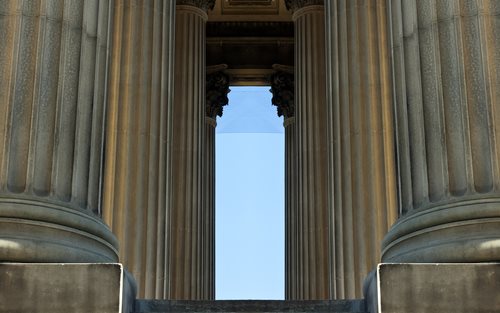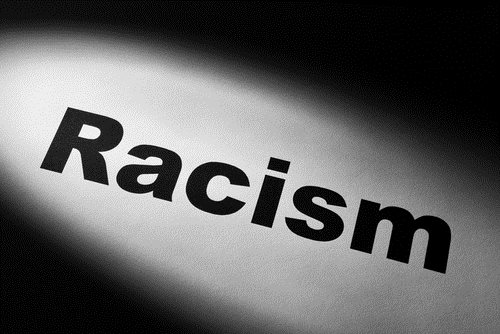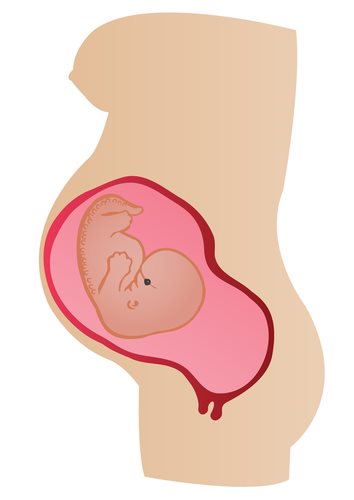Who is Joel Rifkin?
 Who is Joel Rifkin?
Who is Joel Rifkin?
Joel Rifkin is a convicted serial killer to whom 9 murders were attributed over the course of his murderous spree, which lasted for approximately 4 years; due to the nature of his crimes – in addition to the number of his victims – many consider Joel Rifkin to be amongst the most prolific and dangerous serial killers to exist within the State of New York.
Joel Rifkin Profile
The following outlines the crimes of Joel Rifkin
Date of Birth: Joel Rifkin was born on January 20th, 1959
Residence: East Meadow, New York
Year of First Killing: 1989; Joel Rifkin was convicted of murder a prostitute and disposing of her remains in the East River in Manhattan, New York
Year of Apprehension: 1993; Joel Rifkin was apprehended on the Southern State Parkway, which is a highway on Long Island, New York – upon investigation, the apprehending officers discovered the remains of a prostitute that he had murdered in the trunk of his car
Notable Details and Personal Information: The following personal details have been considered to be contributory to the behavior and criminal actions undertaken by Joel Rifkin; in addition, these case details were made mention within Joel Rifkin’s criminal trial:
Joel Rifkin was adopted by 2 parents; in 1987, Joel Rifkin’s father took his own life – in his trial, this fact was considered to be a catalyst for Joel Rifkin’s violent tendencies and emotional disorder
Joel Rifkin was reported to suffer from dyslexia, resulting in his possession of a 128 IQ score; these factors were considered to contribute to his difficulty in school as a child
Locations of the Murders: Joel Rifkin’s murders took place within the State of New York; oftentimes, Joel Rifkin would solicit prostitutes in Manhattan, New York and dispose of their bodies in the surrounding areas of New York and Connecticut
Victims: Joel Rifkin was charged for the murder of 9 victims; however, he has been linked to as many as 17 victims
Status as a Serial Killer: Joel Rifkin is classified as a serial killer due to the fact that Joel Rifkin was convicted of the murder of 3 or more individuals within the duration of a single month
Nature of Victims: Joel Rifkin’s victims were classified as female prostitutes; many of whom were reported to be suffering from substance abuse and poverty – many of his victims ranged between the ages of 20 and 30
Punishment and Conviction: In 1994, Joel Rifkin – who was represented by John Lawrence – was convicted of murdering 9 individuals and sentenced to life incarceration within the Attica Correctional Facility in the State of New York; although he is eligible for parole in the year 2197, his sentence is considered to be a ‘natural life’ sentence in prison.



 What is the Court Case ‘Marbury v. Madison’?
What is the Court Case ‘Marbury v. Madison’? What is McCulloch v. Maryland (1819)?
What is McCulloch v. Maryland (1819)? What was the OJ Simpson Trial?
What was the OJ Simpson Trial? What is Plessy v. Ferguson (1896)?
What is Plessy v. Ferguson (1896)? Who was Pretty Boy Floyd?
Who was Pretty Boy Floyd? What is Roe v. Wade (1973)?
What is Roe v. Wade (1973)? Salem Witch Trials Fact #1: What were the Salem Witch Trials?
Salem Witch Trials Fact #1: What were the Salem Witch Trials? What were the Salem Witch Trials?
What were the Salem Witch Trials? Who is Sirhan Sirhan?
Who is Sirhan Sirhan?












